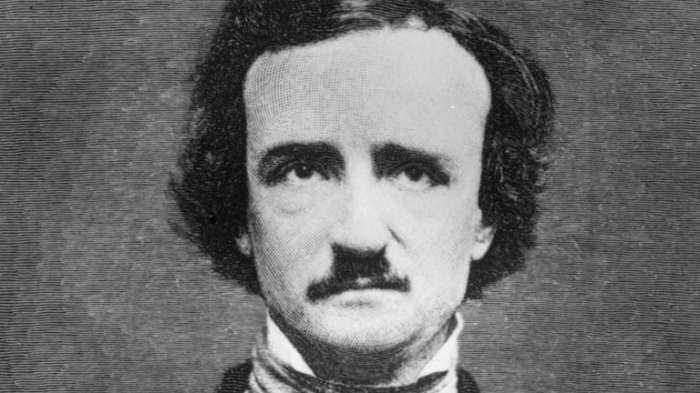The Edgar Allan Poe Biography Worksheet invites us on an illuminating journey into the life and works of one of the most enigmatic and influential figures in American literature. Through a comprehensive exploration of his early life, literary career, personal struggles, and lasting legacy, this worksheet provides a profound understanding of Poe’s contributions to the realm of storytelling.
From his haunting tales of horror and the macabre to his profound explorations of death and loss, Poe’s literary prowess continues to captivate readers worldwide. This worksheet delves into the major themes and literary devices that permeate his writings, offering insights into the complexities of his mind and the enduring impact of his artistry.
Early Life and Education
Edgar Allan Poe was born on January 19, 1809, in Boston, Massachusetts. His father, David Poe, was an actor, and his mother, Elizabeth Arnold Poe, was an actress. Poe’s father abandoned the family when Poe was three years old, and his mother died when he was three years old.
Poe was raised by John Allan, a wealthy tobacco merchant, and his wife, Frances.
Poe attended the University of Virginia for one semester but was forced to leave due to lack of funds. He then enlisted in the U.S. Army and served for two years. After his discharge from the Army, Poe worked as a literary editor for several magazines and newspapers.
Literary Career: Edgar Allan Poe Biography Worksheet
Poe’s literary career began in 1827 with the publication of his first collection of poems, Tamerlane and Other Poems. He went on to publish several other collections of poems, as well as short stories, essays, and a novel.
Poe’s most famous works include the poems “The Raven” and “The Tell-Tale Heart” and the short stories “The Fall of the House of Usher” and “The Murders in the Rue Morgue.” These works are known for their dark and macabre themes, as well as their use of symbolism and allegory.
Major Themes and Literary Devices
Recurring themes in Poe’s writings include death, loss, and the macabre. He often explored these themes through the use of symbolism, allegory, and imagery.
For example, in the poem “The Raven,” the raven symbolizes the speaker’s grief over the loss of his beloved Lenore. The poem is full of dark and macabre imagery, such as the raven’s black plumage and its repeated cry of “Nevermore.”
Personal Life and Struggles
Poe’s personal life was marked by tragedy and addiction. He lost his mother and his foster mother to tuberculosis. He was also addicted to alcohol and drugs.
Poe’s addictions and personal struggles had a significant impact on his writing. His works are often full of dark and macabre themes, and they often explore the themes of death and loss.
Critical Reception and Legacy

Poe’s works were not well-received by critics during his lifetime. However, they have since been recognized as some of the most important works of American literature.
Poe’s works have had a lasting influence on American and world literature. He is considered one of the masters of the horror genre, and his works have been adapted into numerous films, television shows, and other media.
FAQ Explained
What are the key themes explored in Poe’s writings?
Poe’s works frequently grapple with themes of death, loss, the macabre, and the supernatural.
How did Poe’s personal struggles influence his writing?
Poe’s experiences with addiction, financial hardship, and personal tragedy deeply shaped the tone and subject matter of his stories and poems.
What literary devices does Poe employ to create a sense of atmosphere and suspense?
Poe masterfully utilizes symbolism, allegory, and vivid imagery to evoke a sense of unease, mystery, and terror in his readers.